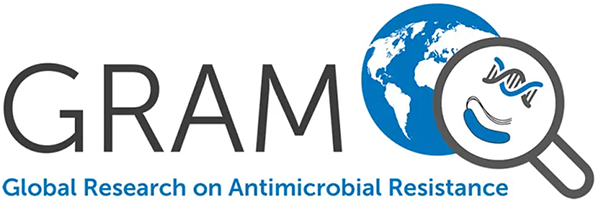Characterization of novel LPXTG-containing proteins of Staphylococcus aureus identified from genome sequences.
Roche FM., Massey R., Peacock SJ., Day NPJ., Visai L., Speziale P., Lam A., Pallen M., Foster TJ.
Twenty-one genes encoding surface proteins belonging to the LPXTG family have been identified by in silico analysis of six Staphylococcus aureus genome sequences. Eleven genes encode previously described proteins, while 10 have not yet been characterized. Of these, eight contain the cell-wall sorting signal LPXTG responsible for covalently anchoring proteins to the cell-wall peptidoglycan. The remaining two, SasF and SasD, harbour a single residue variation in the fourth position of the LPXTG motif (LPXAG). Western blotting of lysostaphin-solubilized S. aureus cell-wall proteins demonstrated the release of SasF in the cell-wall fraction, indicating that proteins carrying LPXAG are sorted normally. Analysis of primary sequences of the Staphylococcus aureus surface (Sas) proteins indicated that several share a similar structural organization and a common signal sequence with previously characterized LPXTG proteins of S. aureus and other Gram-positive cocci. Protein SasG has 128 residue B repeats that are almost identical at the DNA level. PCR analysis indicated that recombinants with repeat length variations are present in the bacterial population whereas they are not detectable in the B-repeat-encoding region of sdrD. The sasG and sasH genes are significantly associated with invasive disease isolates compared to nasal carriage isolates. Several IgG samples purified from patients recovering from S. aureus infections had higher titres against Sas proteins than control IgG, suggesting that expression occurred during infection in some patients.

